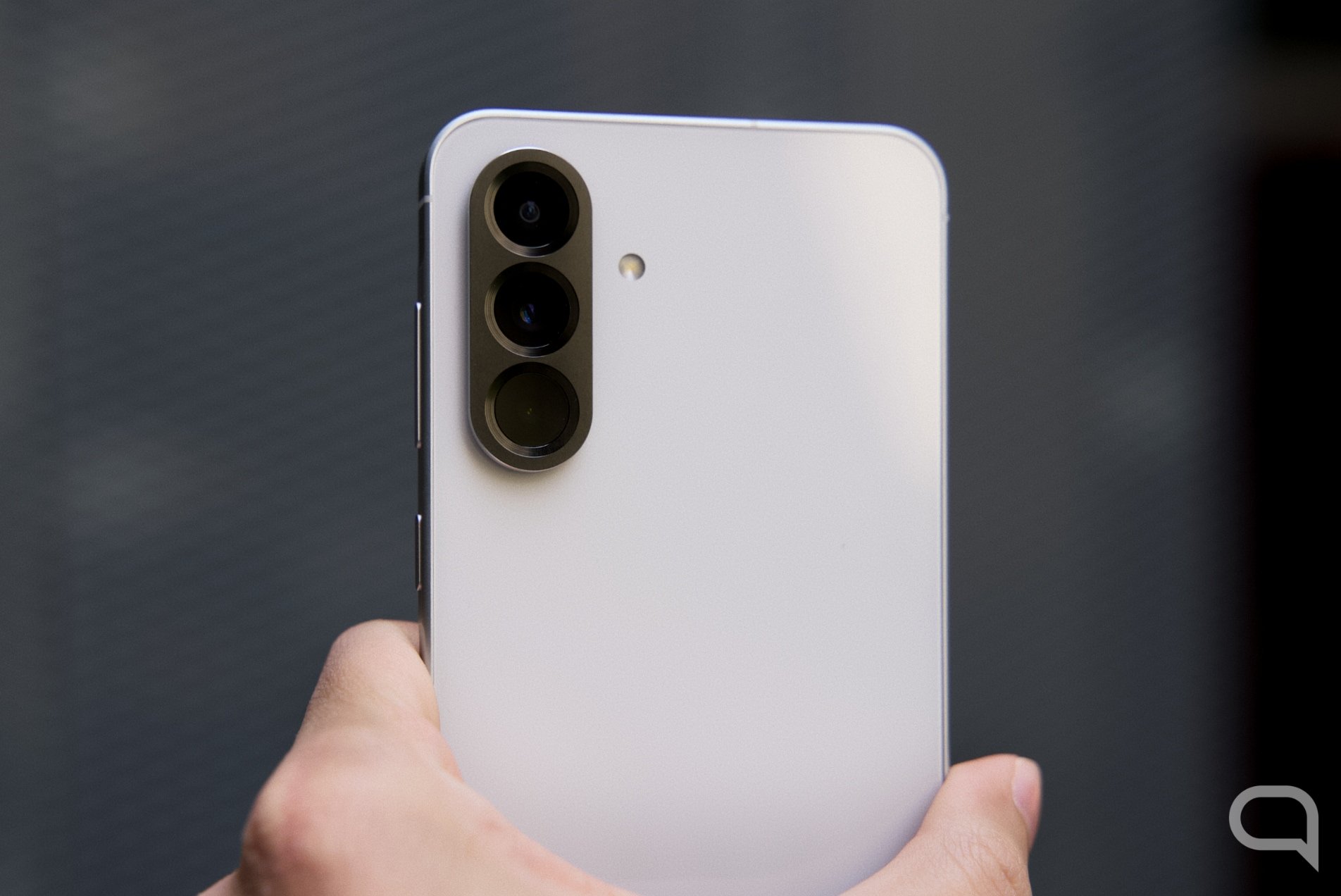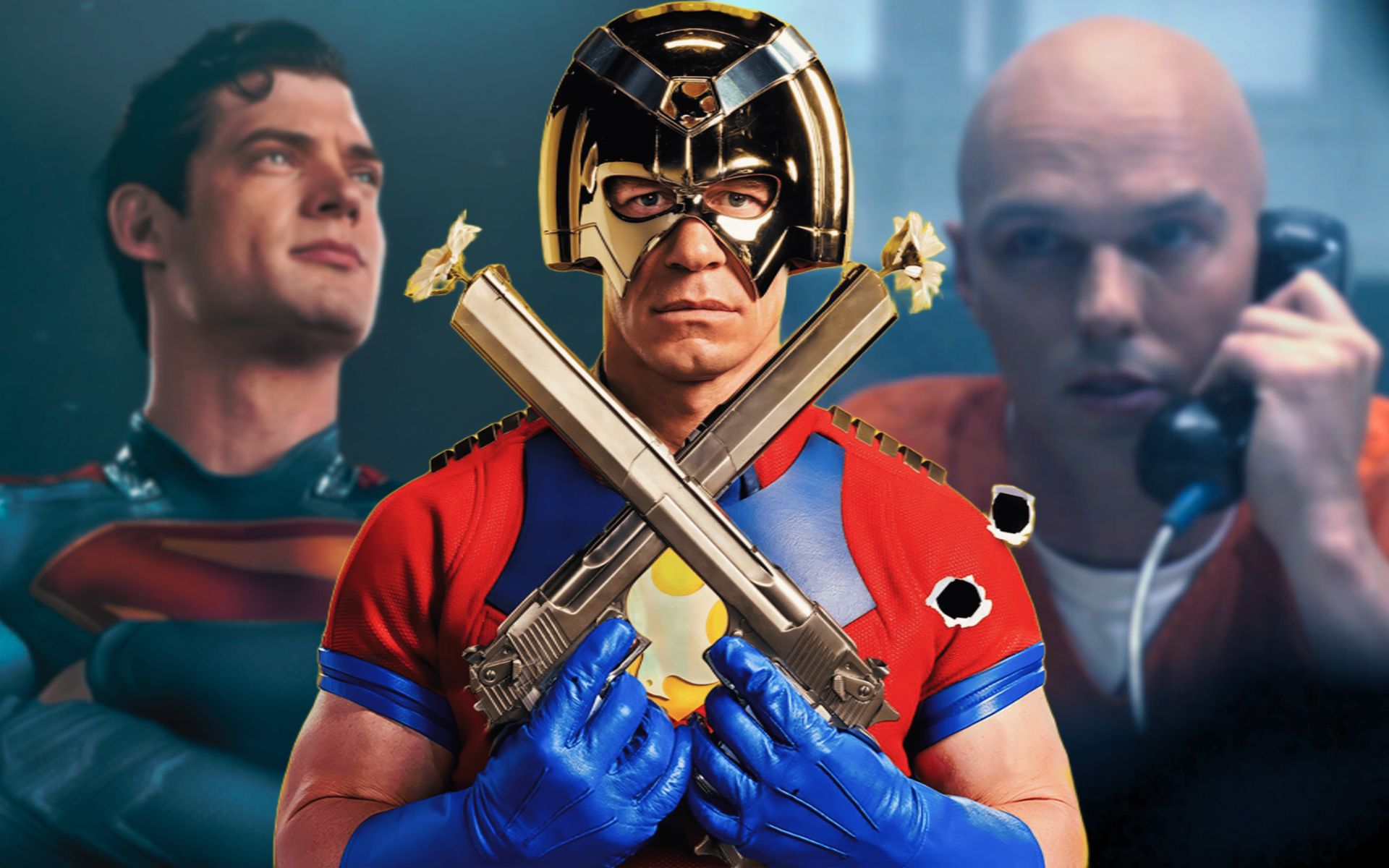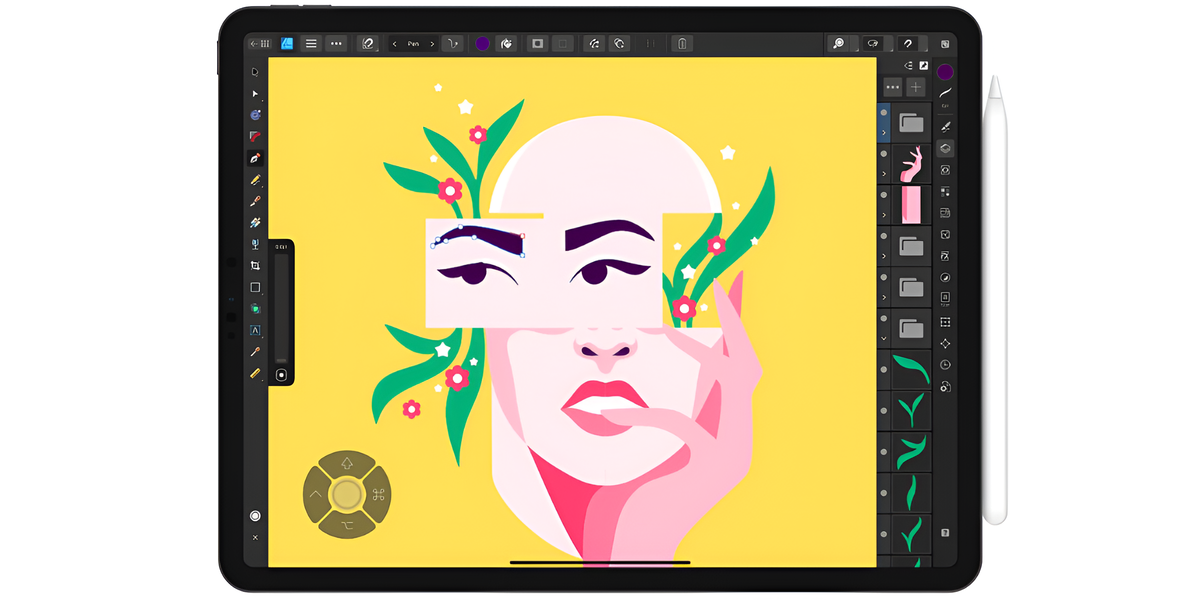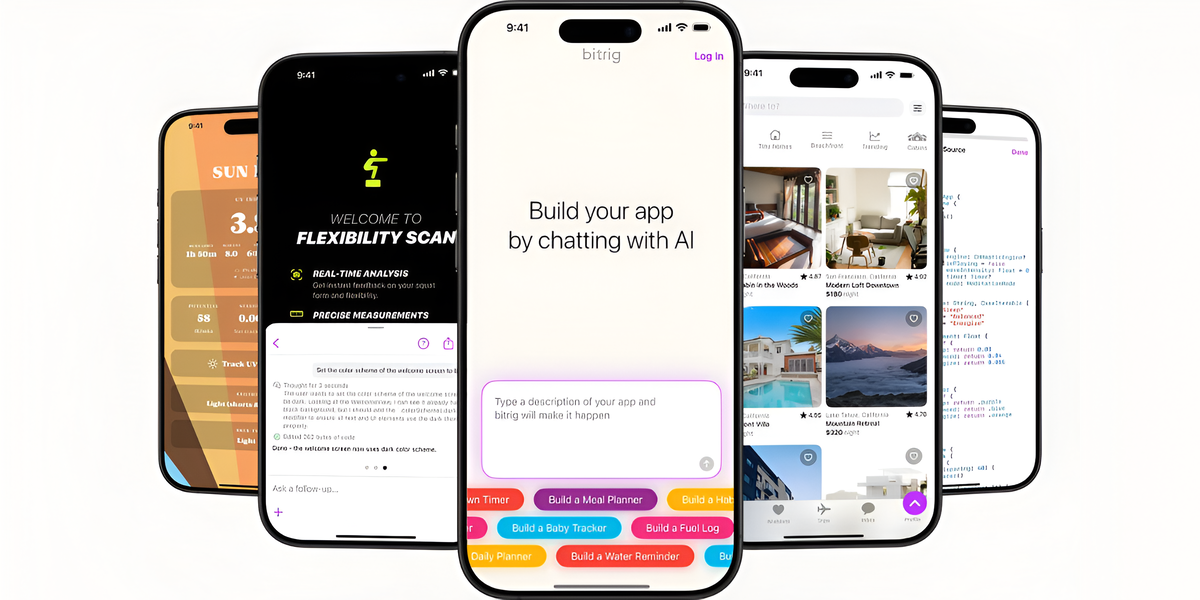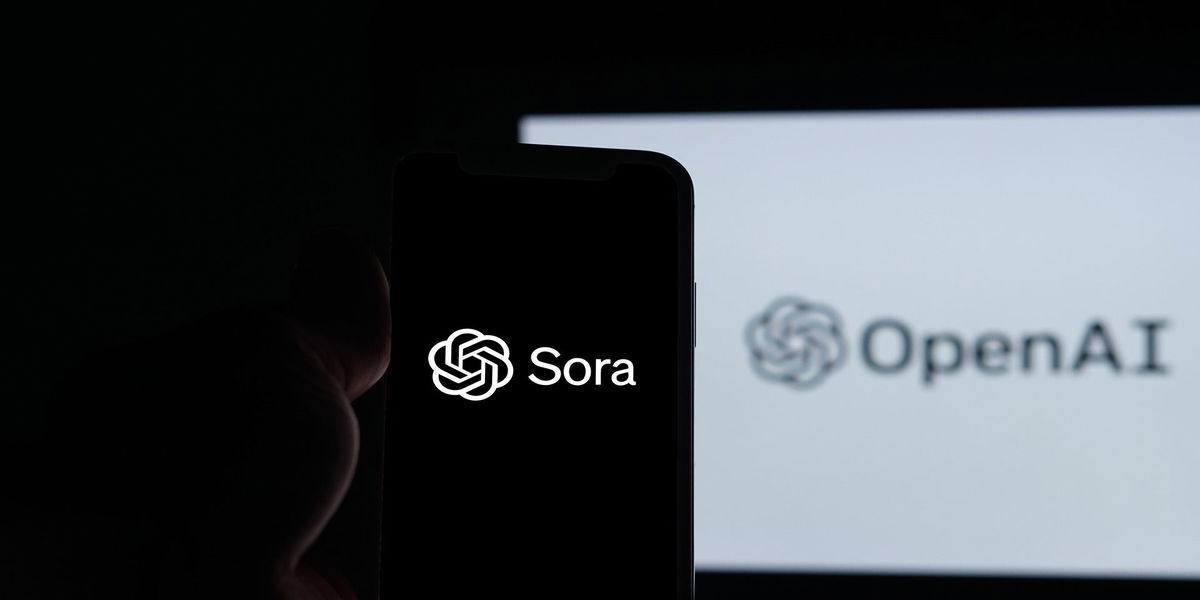One smart phone is a handheld computer integrated into a mobile phone, equipped with a touch screen, personal information management programs (such as an electronic calendar and address book), and an operating system that allows the installation of other programs for web browsing, e-mail, music, videos, and other applications . .
The first device with these features, Designed by IBM and sold by BellSouth (formerly part of AT&T Corporation) was introduced to the public in November 1993. According to Encyclopedia Britannica, it included a touchscreen interface for accessing the calendar, address book, and calculator, among other functions.
This device, called IBM Simon Considered in retrospect to be the first smartphone, given that it had not yet become popular at the time, this device was a forerunner of today’s advanced mobile phones that allow the installation and use of high-tech applications such as augmented realityIt overlays important information across the screen over the street view captured by the phone’s camera.
Simon’s prototype had been introduced a year earlier, in November 1992, under the name Sweetspot. Comdex technology fair in Las Vegas (Nevada, USA). It allowed you to make and receive phone calls, faxes, emails, and make mobile calls; It displayed a calendar, address book and notepad, as well as maps and digital news.
The commercial version of the device, which integrated cellular and wireless technologies, designed by IBM and in the production of which Mitsubishi participated, was presented by BellSouth on November 8, 1993, in a presentation that is considered the first time Simon was introduced to the public during the conference. Wireless World Conference (WWC), in Orlando (Florida, USA).
BellSouth marketed the IBM Simon in August 1994 at a price of $899 with a two-year service contract or $1,099 without a contract, later dropping the price to $599 and selling approximately 50,000 units over six months. The device was commercially available.
“Simon is the first smartphone. introduced it and paved the way for today. touch screens on phones,” says designer and researcher Bill Buxton Microsoft ResearchSomeone who collects a number of electronic and interactive devices that are “interesting, useful, or important in the history of computing” and reports them on his website, the Buxton Collection.
In the section of his collection dedicated to IBM Simon, Buxton offers very complete documentation and images for this device, including the technical sheet, user manual, original communications, and press clippings.
You may be interested in: Mobile phone brands that have disappeared in recent years
“Simon looks and acts like a mobile phone, but offers much more than voice communication,” says the press release Bellsouth and IBM introducing Simon at WWC.
Users of this new personal communications device describe it as “a wireless machine, a pager, e-mail device, calendar, appointment planneran address book, a calculator, and a sketch pad with a pencil,” adds the statement recovered by Buxton.
According to Rich Guidotti, then BellSouth product development manager, the Simon “was a true personal communicator because it was designed as a communications device and secondarily as a computer.”
Other industry members attending the WWC conference commented on the uniqueness of the technological approach BellSouth/IBM used in Simon, noting that it was the first time a company had put a computer into a mobile phone rather than putting a mobile phone into a computer. .
Weighing approximately 500 grams, Simon had a liquid crystal display (LCD) that incorporated a computer keyboard and a mobile phone keyboard.
“When used as a phone, this device enables standard cellular functions such as emergency calling, last 10 number redial, automatic address book dialing, and roaming preference,” the press release states.
The statement also states that when the user uses Simon as a personal communication tool, device graphical interface (GUI) used icons and ‘online’ help screens to make the device more ‘convenient’, i.e. easy to use.
“The phone has a limited storage capacity that can be expanded via the PCMCIA memory card slot, which also makes it possible to add a location card for information.” electronic messages or hosting information services IBM specified national, regional or local through its BellSouth paging company.
The device can answer a call from its pager with the press of a button, and “also includes organizer and calendar functions that can be automatically updated from a computer using the PCMCIA slot and allow for sending and receiving emails,” the device’s developers said in the statement. Official launch in 1993.
“With the standard Simon model, the user can: create faxes and notes using the electronic touch pen “Or when you write directly on the screen using a pen, your handwriting will be reflected accurately and perfectly using a technology called pen annotation,” they said.
For other applications that require typing, such as email, LCD screen The phone’s screen showed a full computer keyboard.
“For those who prefer to use larger letters, ‘predictive keyboardo’, where only a portion of the keyboard is displayed on the LCD screen, where the user selects a letter and the computer predicts the next letters he/she is likely to choose and displays it on the screen,” the informative article concluded.
Several aspects influenced Simon’s failure in the market, which lasted only half a year. These include its weight, size (23 x 6 centimeters) and the short battery life of only one hour. However, it served as a pioneer of many things. 8 billion smartphones Something that exists in the world today, thirty years after its launch.
DANIEL GALILEA
EFE REPORTS
Source: Exame

